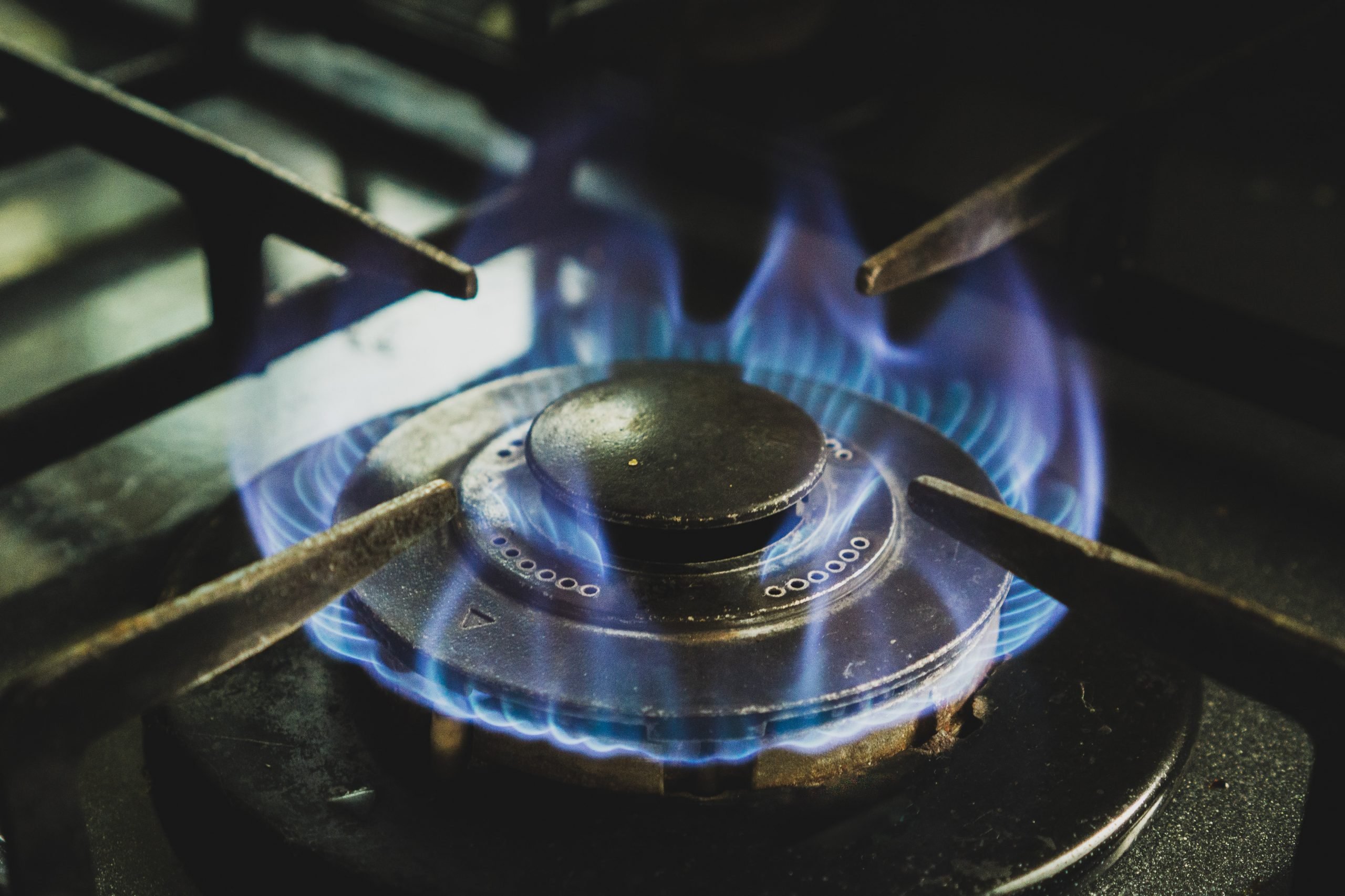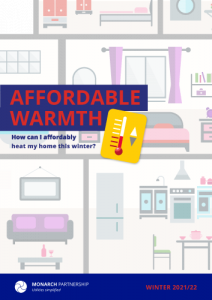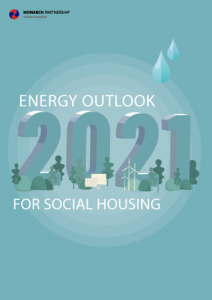UK energy regulator Ofgem recently announced the October energy price cap could rise to 42%. After households saw the cap rise to 54% in April, this is not a welcome report. It means that households could see their energy bills rise in October to a staggering £2,800 a year – a huge leap from the current cap of £1,971.
This announcement is set to impact individuals, tenants and businesses alike. But left unsure how exactly it will affect them, or how to deal with it, many are starting to panic.
So, let’s break down exactly what the energy price cap is and how it could impact you.
What is the energy price cap?
The energy price cap is set by the regulator and controls the cost of gas and electricity in the UK.
The announcement has raised concerns from anti-poverty campaign groups about the likely impact of the energy price hike on low-income households.
Prices of standard and default tariffs are variable and energy companies can alter the amount they charge. But the price cap, introduced in 2019, means that energy bills won’t suddenly increase. Ofgem adjusts the price cap twice a year, to take account of any seasonal fluctuations in demand.
According to the End Fuel Poverty Coalition, the price increase will push an additional 488,000 UK homes into fuel poverty. More than 4 million people are already behind on their household bills. The campaign group said that “a second Ofgem price cap rise this year will be disastrous for the millions on the brink of fuel poverty”.
What is fuel poverty?
Fuel poverty is a situation whereby a household cannot afford to heat their home, typically living in a property with an energy efficiency rating of band D or below. After spending the amounts required to heat their home, these households have a residual income below the official poverty line.
The timing of the price cap increase will coincide with the end of the government furlough scheme, creating further hardship for many. The government is also planning to cut the £20 uplift to Universal Credit at the same time.
The energy price hike only serves to further emphasise the need to reduce our dependency on fossil fuels and aim for energy efficiency in our homes.
What causes fuel poverty?
According to government research published last year, a household’s fuel poverty status depends on the interaction of three key drivers: energy efficiency, energy prices and incomes.
The good news for the social housing sector is that social housing properties tend to be more energy efficient, resulting in lower energy costs. In 2017, the government’s Clean Growth Strategy set a target for all social homes to be made energy efficient enough to meet an EPC rating of C by 2030. The government has also recently launched a retrofitting decarbonisation fund, to further improve energy efficiency in social housing stock.
But social housing tenants may also fall into a lower income bracket. There are a number of government-backed financial support schemes available to those facing hardship. The Winter Fuel Payment is a one-off payment that helps residents with their heating bills during the winter. Cold Weather Payments are a form of government benefit when the temperature drops below a certain level. The Warm Home Discount Scheme also provides a discount of £140 on electricity bills for residents earning below a certain income threshold. The government intends to extend this scheme, providing relief to 2.7 million homes.
In our free Affordable Warmth Guide, we also offer tips on how tenants can heat their homes on a budget.
How can Monarch help?
Here at Monarch, we have plenty of experience working alongside housing associations and we aim to ease the burden of their energy administration. We can advise on energy efficiency and how to keep your costs low, in turn protecting your tenants.
Get in touch today to find out how we can help you to become more energy efficient and sustainable.
To download the Affordable Warmth Guide, fill out your details below:















